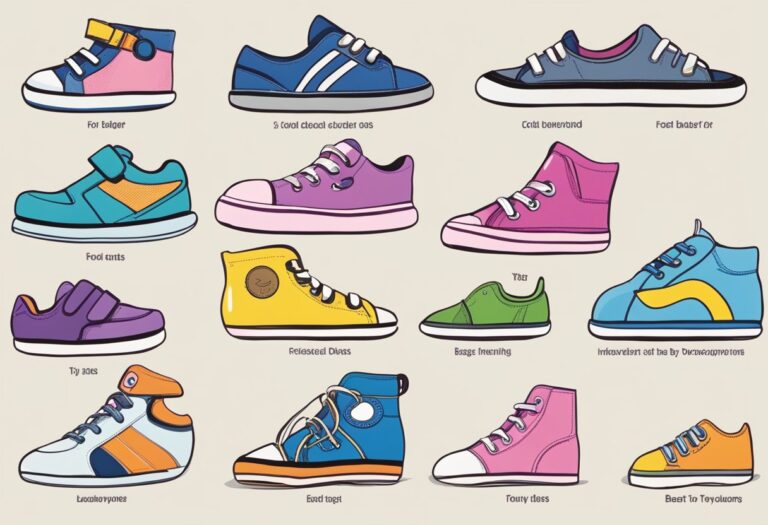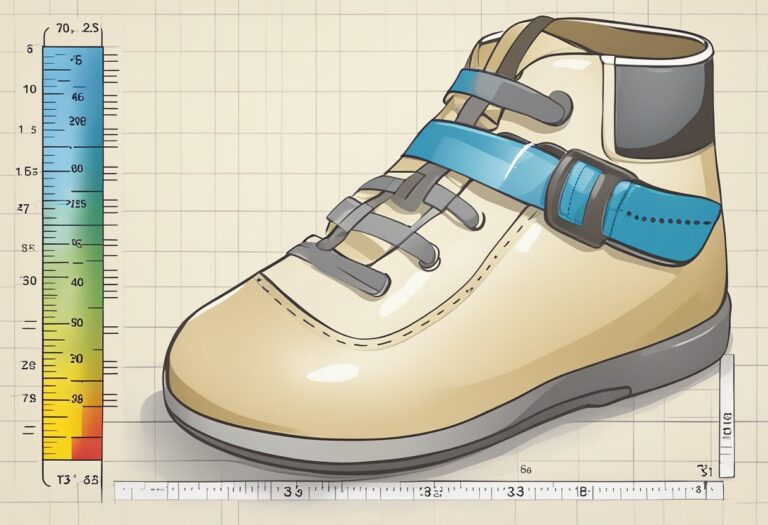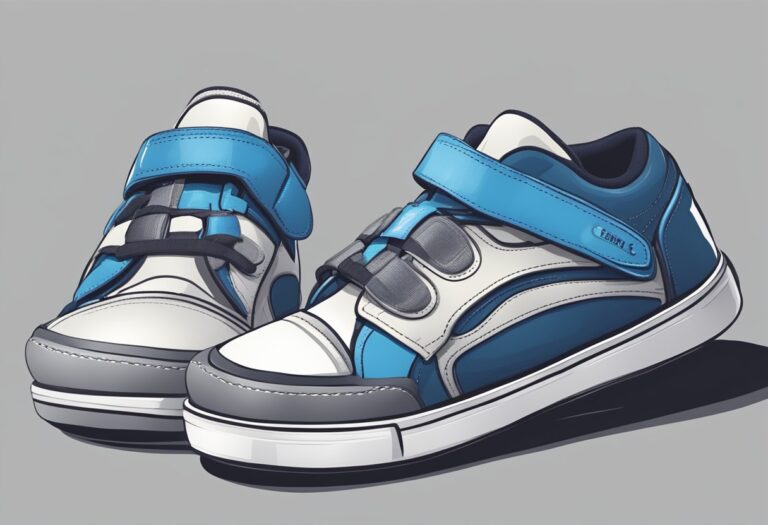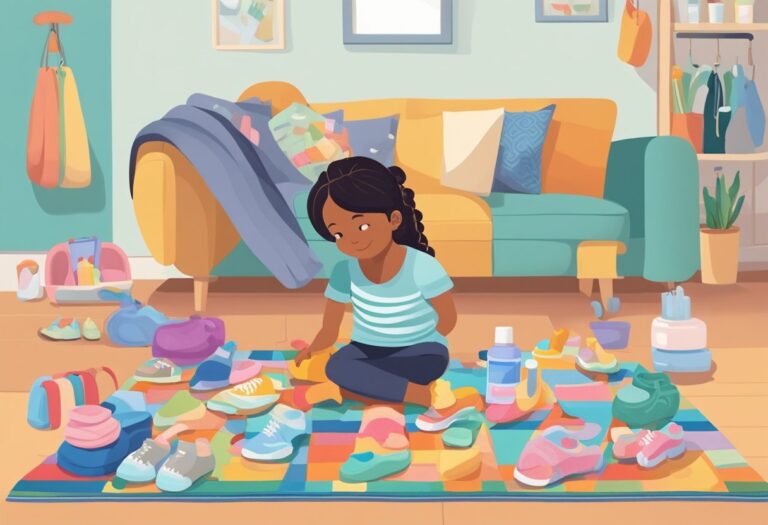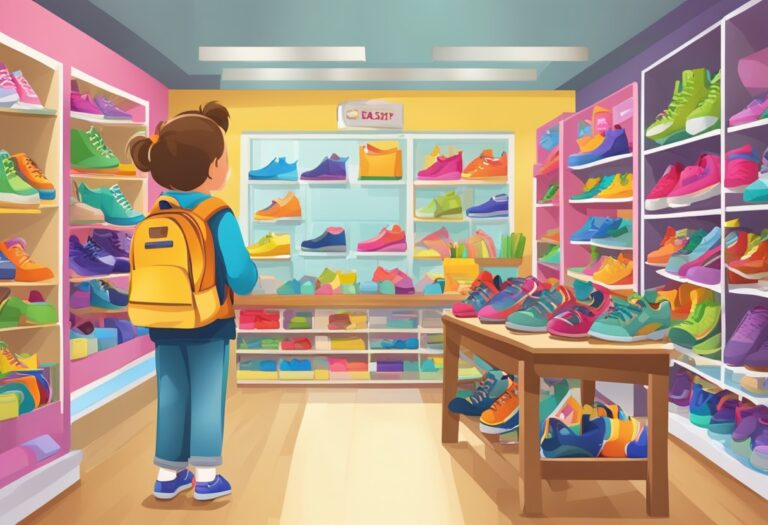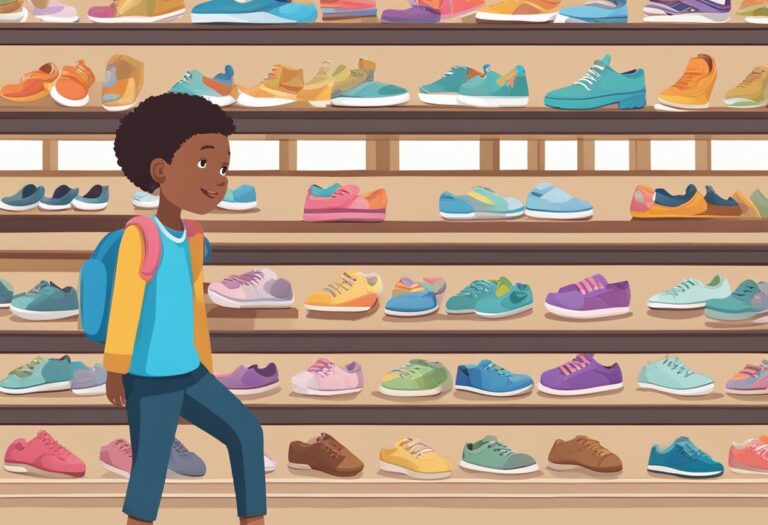When to Wear Cleats: A Guide for Kids’ Sports
When to Wear Cleats: A Guide for Kids’ Sports
When it comes to sports, having the right equipment is crucial for both safety and performance. One important piece of equipment for many sports is cleats. Cleats are specialized shoes with small studs or spikes on the sole that provide better traction on grass, dirt, or other surfaces. However, not all sports require cleats, and even within a sport, there may be different conditions that call for different types of cleats.

This guide aims to help kids and their parents understand when it is appropriate to wear cleats for different sports. It will cover some of the most common sports that use cleats, such as soccer, football, baseball, and lacrosse, and provide some general guidelines for when cleats are necessary or recommended. By following these tips, young athletes can stay safe and perform their best on the field or court.
Understanding Cleats

Types of Cleats
Cleats come in a variety of types, each designed for a specific sport or playing surface. The most common types of cleats are:
- Soccer cleats: These cleats have a low profile and are designed for use on grass or turf. They have a large number of small studs that provide good traction on the playing surface.
- Baseball cleats: These cleats are designed for use on dirt or grass. They have a metal or plastic spike on the bottom that provides good traction on the playing surface.
- Football cleats: These cleats have a high ankle and are designed for use on grass or turf. They have a larger number of studs than soccer cleats, which helps to provide better traction on the playing surface.
- Lacrosse cleats: These cleats are similar to soccer cleats but have a higher ankle for added support. They are designed for use on grass or turf.
Cleat Anatomy
Understanding the anatomy of a cleat can help players choose the right pair for their sport and playing surface. The main parts of a cleat are:
- Upper: This is the part of the cleat that covers the foot. It can be made of leather, synthetic materials, or a combination of both.
- Outsole: This is the bottom of the cleat that comes into contact with the playing surface. It can be made of rubber, plastic, or a combination of both.
- Studs: These are the spikes on the bottom of the cleat that provide traction on the playing surface. They can be made of metal, plastic, or rubber.
- Midsole: This is the layer of material between the upper and outsole that provides cushioning and support.
By understanding the different types of cleats and the anatomy of a cleat, players can make an informed decision when choosing the right pair for their sport and playing surface.
Choosing the Right Cleats

Sport-Specific Guidelines
When choosing cleats, it’s important to consider the specific sport the child will be playing. Different sports require different types of cleats. For example, soccer cleats have a different design than baseball cleats. Soccer cleats are lightweight and have a low profile, while baseball cleats are heavier and have a thicker sole.
For soccer, it’s important to choose cleats with a firm grip on the field to prevent slipping. Baseball cleats should have metal spikes to provide traction on dirt and grass. Football cleats, on the other hand, should have a high ankle support to prevent injuries.
Fit and Comfort
Cleats that don’t fit properly can cause discomfort and even injury. It’s important to choose cleats that fit snugly but not too tight. The child should be able to wiggle their toes and move their feet comfortably.
It’s also important to consider the shape of the child’s foot. Some cleats are designed for narrow feet, while others are designed for wider feet. Be sure to measure the child’s foot and try on different sizes and styles before making a purchase.
Cleat Material
Cleats are made from a variety of materials, including leather, synthetic materials, and mesh. Leather cleats are durable and provide a comfortable fit, but they can be heavy. Synthetic materials are lightweight and easy to clean, but they may not be as durable as leather. Mesh cleats are breathable and lightweight, but they may not provide as much support as leather or synthetic materials.
When choosing cleats, consider the child’s playing style and the conditions they will be playing in. Leather cleats may be better for wet conditions, while synthetic materials may be better for dry conditions. Mesh cleats may be better for hot weather.
Overall, choosing the right cleats is important for the child’s safety and performance on the field. By considering sport-specific guidelines, fit and comfort, and cleat material, parents can help their child choose the best cleats for their needs.
Safety Considerations

Proper Usage
When wearing cleats, it is important to use them properly to prevent injuries. Children should always tie their cleats tightly to ensure a secure fit and avoid tripping. It is also important to wear the appropriate type of cleats for the sport being played. For example, football cleats have longer spikes for traction on grass, while soccer cleats have shorter spikes for better control on turf.
Maintenance and Care
Proper maintenance and care of cleats can extend their lifespan and prevent injuries. After each use, children should remove any dirt or debris from their cleats with a brush or cloth. It is also important to let the cleats air dry before storing them in a cool, dry place. Avoid leaving cleats in direct sunlight or near a heat source, as this can damage the material.
When to Replace Cleats
Worn-out or damaged cleats can increase the risk of injuries. Children should inspect their cleats regularly and replace them when necessary. Signs that cleats need to be replaced include worn-out spikes, holes in the material, and a loose or uncomfortable fit. It is important to replace cleats before they become a safety hazard.
By following these safety considerations, children can enjoy their sports while minimizing the risk of injuries.
Rules and Regulations

League Requirements
When it comes to wearing cleats in kids’ sports leagues, there are often specific rules and regulations that must be followed. These rules can vary depending on the league, sport, and age group of the players.
For example, some leagues may require that all players wear cleats for safety reasons. In other cases, cleats may only be allowed on certain types of playing surfaces, such as grass or turf. It is important for parents and coaches to familiarize themselves with the rules and regulations of their specific league to ensure that they are following all guidelines.
Age Restrictions
In addition to league requirements, there may also be age restrictions when it comes to wearing cleats. Some leagues may not allow younger children to wear cleats, while others may require that players of a certain age wear them.
It is important to note that wearing cleats can provide additional traction and support, which can be especially important for younger players who are still developing their coordination and balance. However, it is also important to ensure that the cleats fit properly and are appropriate for the child’s age and skill level.
Overall, it is important to follow all rules and regulations when it comes to wearing cleats in kids’ sports leagues. This can help to ensure the safety of all players and promote fair play and competition.
Cleats Etiquette

On-Field Behavior
When wearing cleats, it is important to remember to behave appropriately on the field. This means following the rules of the game and playing in a way that is safe for all players. It is important to avoid making dangerous or reckless moves that could cause injury to yourself or others.
In addition, it is important to remember to respect the other players on the field. This means avoiding trash talk or other disrespectful behavior. Instead, focus on playing your best and treating others with kindness and respect.
Respect and Sportsmanship
Another important aspect of cleats etiquette is showing respect and sportsmanship towards your opponents. This means shaking hands before and after the game, and congratulating the other team on a job well done, regardless of the outcome of the game.
It is also important to avoid gloating or rubbing your victory in the faces of your opponents. Instead, focus on playing your best and showing respect towards all players on the field.
By following these guidelines, you can ensure that you are playing the game in a way that is safe, respectful, and sportsmanlike. Remember, the way you behave on the field is a reflection of your character, so always strive to be the best version of yourself.


